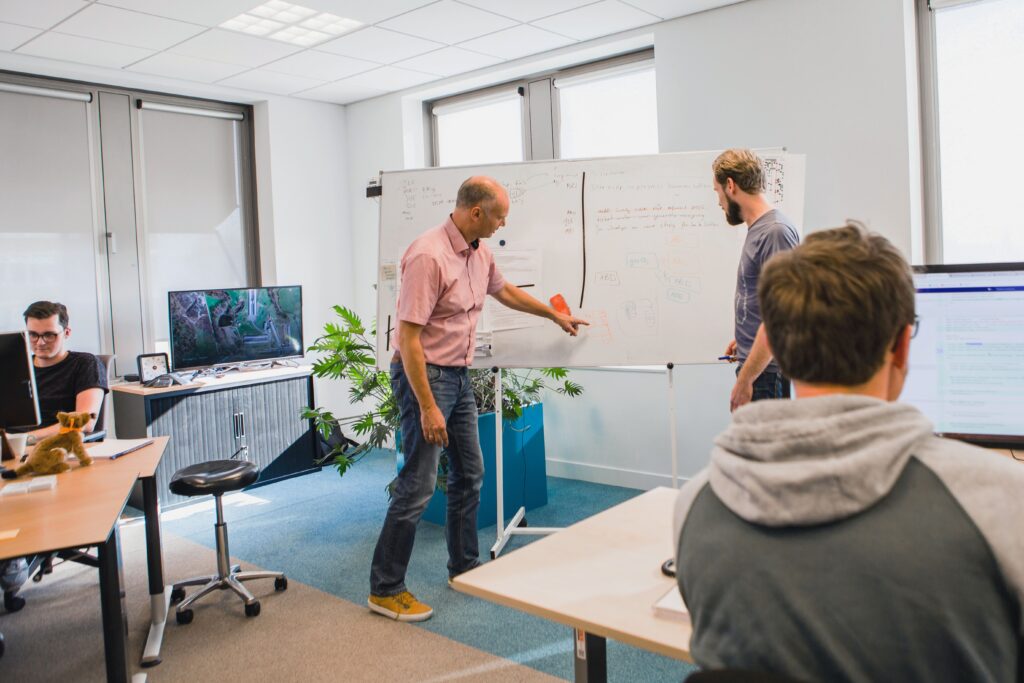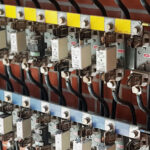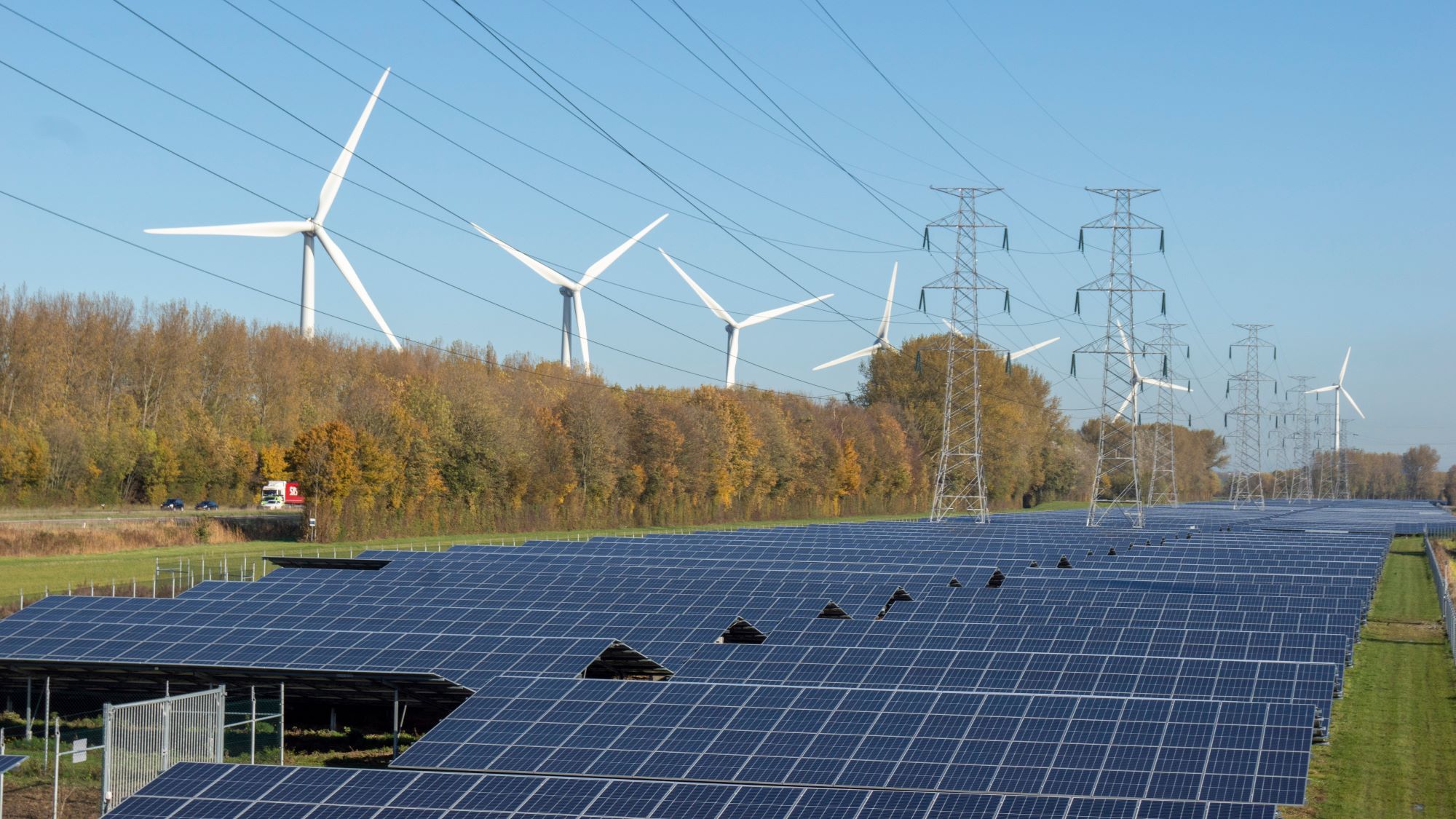
Use the existing network capacity more fully
GO-e is studying flexibility in low-voltage grids
The energy transition is leading to more pressure on the power grids and solar and wind energy are causing more peaks and troughs in the supply. And at the same time, the electrification of our society is advancing day by day. Grid operators are working hard to prevent transmission congestion on their networks. Grid reinforcement is the obvious response, but this is expensive and time-consuming. However, the smart deployment of flexibility can possibly help to use the existing network capacity more fully. The GO-e consortium (Gebouwde Omgeving Elektrificatie, ‘Electrification of the Built Environment’) is examining the possibilities of flexibility. As participants in this consortium, Technolution Spark and Phase to Phase want to help acquire greater insight, and digitization has a crucial role in this.
From data to insight
To prevent congestion on power grids, grid operators often have to err on the side of safety. This might mean temporarily suspending the connection of large new energy consumers. And new local, sustainable sources of energy, such as solar fields or windfarms, cannot always be connected to the power grid immediately either. The ultimate solution is usually grid reinforcement, but this is a slow process.
There are still many unanswered questions about this complex problem. What specific issues occur when things go wrong on the power grid? And where and when does this happen? What are the main causes? What measures offer the best opportunity for improvement? Is there a way of making better use of the existing network capacity? The need for hard information is huge, particularly for the low- and medium-voltage networks.
The first priority in the face of these challenges is to get a clear view of the problem. This is why Technolution Spark and Phase to Phase are initially focusing on gathering data on low and middle-voltage networks. In addition, we are developing tools to analyze this data and make the results available to our clients. And we are working on realistic simulations that can turn these results into reliable prognoses. This approach will help our clients in the energy sector to understand the problem, and to use clear insight and specific knowledge to create effective solutions.
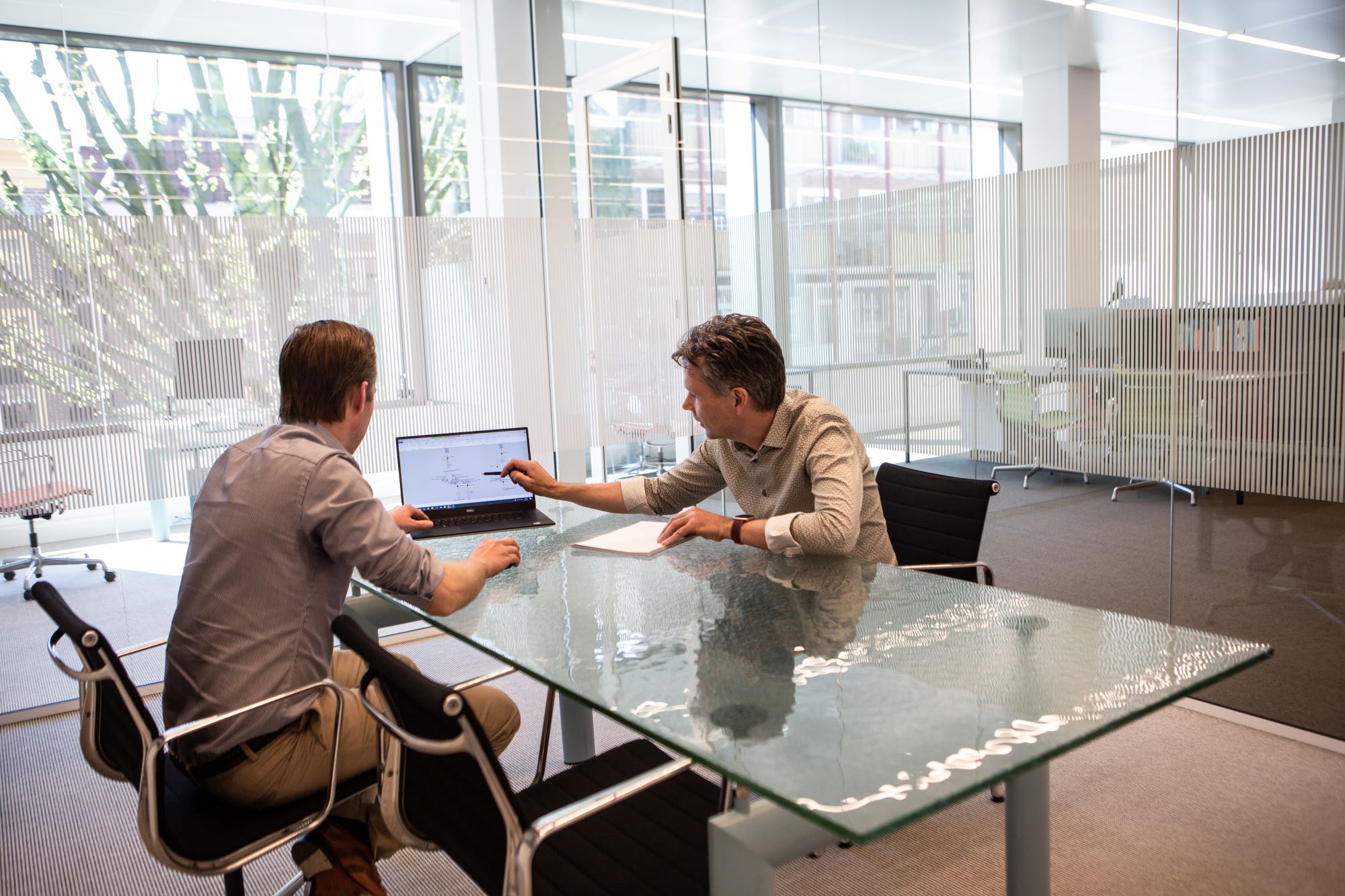
Flexibility to absorb peaks and troughs
Flexibility in the energy sector means: dynamically aligning the generation and consumption of electricity with each other. Flexibility can help prevent congestion in the power grid. The GO-e project is studying the use of flex services in the built environment, either residential estates or business parks. The main question is whether – and if so, how – consumers and businesses can contribute to flexibility and so help prevent congestion. Because participation of end users is an essential condition for success, they are the central focus in the design of flex services and products within GO-e.
GO-e’s is concentrating on congestion in low-voltage distribution networks in the built environment. Congestion can take many forms. GO-e is looking specifically at voltage congestion and power flow congestion. Voltage congestion occurs when the electrical current causes a voltage drop due to an impedance. Power flow congestion happens when the electrical current, due to an impedance, causes a component in the network to overheat, potentially leading to malfunctions. GO-e is studying how the use of flexibility could reduce or prevent voltage and power flow congestion.
Creating flexibility
There are various ways to create flexibility with regard to energy use or generation. One is to regulate the capacity of electric vehicle chargers, and another to set a time at which charging can begin or must end. Heat pumps can be switched from electricity to gas, or – in fully electrical water pumps – their capacity can be reduced. Some businesses use batteries that could be operated flexibly. Domestic appliances such as washing machines or dryers can be switched on at alternative moments. Ideally, flexibility is managed automatically and dynamically on the basis of the available electricity supply. The various methods to deploy flexibility and the technological possibilities for managing it are also being examined in GO-e.
Technolution and Phase to Phase
Technolution Spark has been working with grid operators, energy suppliers and other parties in the energy sector for years to create innovative technological solutions for the energy transition. And for more than thirty years Phase to Phase, a subsidiary of Technolution, has been developing computational software for power grids to support the grid operators. Both companies are active in Research and Development. In participating in GO-e, Technolution Spark and Phase to Phase wish to contribute actively to making the Dutch power grid more sustainable.
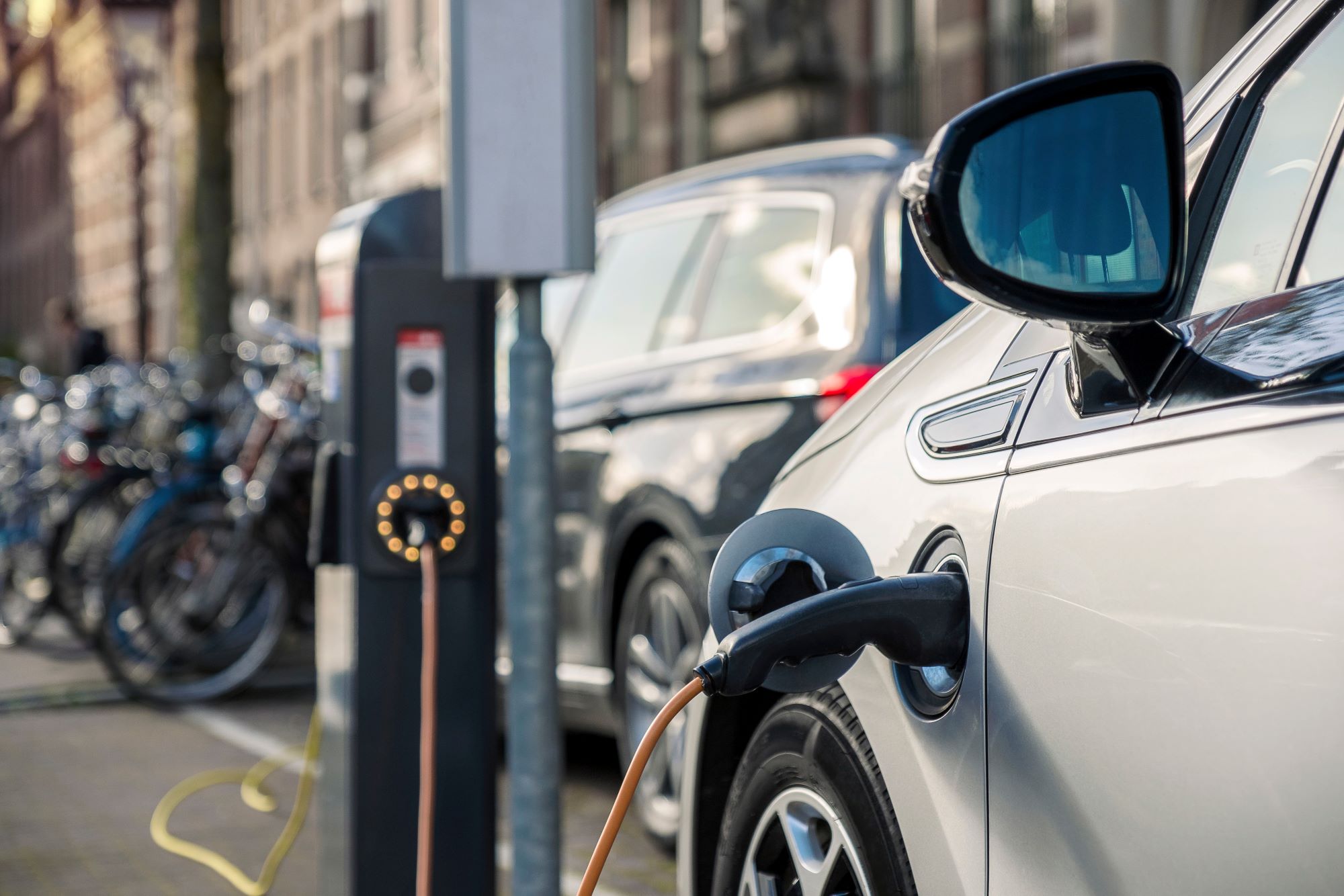
GO-e – work packages
The GO-e consortium is a partnership of regional grid operators, service providers, technology companies, consultants and knowledge institutions. Together with consumers and business users, they are researching all aspects of flexibility in four ‘living labs’. These are residential estates and businesses where the proposed solutions are being tested in real life.
GO-e has four subprojects or work packages:
1. Scalable, attractive flex services for consumers and business users
In work package 1, the parties are investigating what services are attractive to the users who are participating. The first results concern the optimization of heat pump use by consumers and charging the logistical vehicle fleet of a supermarket chain’s distribution center (smart charging).
2. In-home inter-operability for reliable large-scale unlocking of flexibility
Work package 2 is mapping technical solutions for the unlocking or optimizing of flexibility of so-called Home Energy Management Systems (HEMS). One of the goals is to develop reliable protocols and architectures for communication with and management of HEMS. For this to be effective, these HEMS must effectively enhance flexibility, for instance in the operation of domestic appliances, home batteries or vehicle charging systems.
Technolution’s contribution to work package 2 is the design and testing of an open and scalable technical architecture for an interoperable HEMS solution.
3. Mechanisms for using flexibility for DSO (a grid operator)
Work package 3 stands at the core of the GO-e project. It studies how flexibility in the built environment can effectively support the grid operators in their congestion management and maintenance of the networks. The question is, for example, how effective flexibility is in a typical Dutch residential estate. When can flexibility be used there? Is flexibility available when it is needed? Are there any undesirable side effects?
Acquiring insight into the possibilities for flexibility and congestion management is the main focus of work package 3. Technolution’s contribution is to investigate the possibilities of edge computing technology in power grids for the reliable monitoring and management of the energy infrastructure. (see also Flexcore).
4. Analysis of the future need for flexibility
Electrification is far from complete, and the potential of flexibility will only increase. In work package 4, the partners are working to predict the future grid load, and therefore also the grid congestion. This information is weighed against the available flexibility and the chances of using this at the right time to prevent congestion. This makes it possible to perform calculations on scenarios for future congestion problems and potential flexibility.
Technolution is heading work package 4 and is working on the systems integration between the various data sets, tools and stakeholders. Phase to Phase is enriching the chain of models in work package 4 with possibilities to perform detailed calculations on future grid scenarios. It does this by reading in and collecting energy and asset data, by further developing functions to perform calculations on congestion and flexibility. The resulting data sets visualize the future development of congestion problems and whether/how flexibility can be a solution.
Results
GO-e has already delivered a number of concrete results, including protocols and architecture for the use of flexibility, prototypes of flex services for consumers and business users, and calculation models for the impact of electrification. The strength of GO-e lies in its close collaboration with end users. This enhances both the effectiveness of the project and the chances of finding successful, widely-supported systemic flexibility solutions.
GO-e is funded by a Topsector Energie Subsidie (Top Sector Energy Grant) from the Dutch Ministry of Economic Affairs and Climate Policy, administrated by the Netherlands Enterprise Agency. The subsidy for this project was a 2020 MOOI grant.
